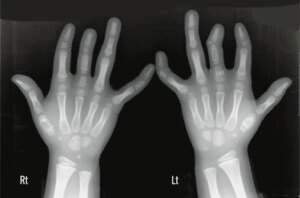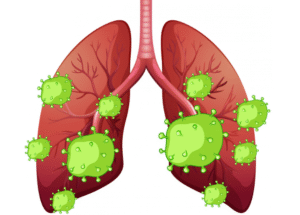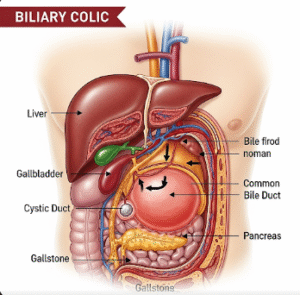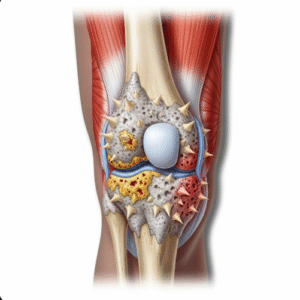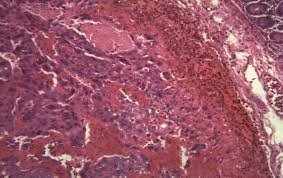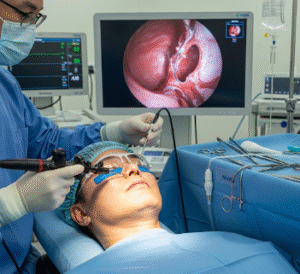Overview
Arachnoiditis is a painful and potentially debilitating condition involving inflammation of the arachnoid, one of the membranes surrounding the brain and spinal cord. It often leads to chronic pain and neurological issues due to nerve root adhesions and scarring. Because it affects the central nervous system, arachnoiditis can significantly reduce quality of life.
What is Arachnoiditis?
Arachnoiditis is the inflammation of the arachnoid membrane, which lies between the dura mater and the pia mater in the spinal cord and brain. The inflammation may cause the spinal nerves to stick together, leading to severe pain, neurological dysfunction, and, in some cases, paralysis. It is often chronic and progressive, meaning it can worsen over time.
Symptoms
Symptoms can vary based on the location and severity of inflammation but commonly include:
- Chronic lower back pain
- Burning, tingling, or numbness in the legs or feet
- Muscle cramps or spasms
- Weakness in the lower limbs
- Gait abnormalities
- Bladder and bowel dysfunction
- Sexual dysfunction
- Electric shock-like pain
- Difficulty sitting or standing for long periods
Symptoms may worsen with activity and may not respond well to traditional pain treatments.
Causes
Arachnoiditis can result from a variety of causes, including:
- Spinal surgery or procedures, especially repeated surgeries
- Spinal cord injury or trauma
- Infections such as viral or bacterial meningitis or tuberculosis
- Chronic compression of the spinal nerves (e.g., from herniated discs)
- Injection of contrast media (e.g., myelograms using oil-based dyes)
- Epidural steroid injections (in rare cases)
Risk Factors
- Previous spine surgeries
- History of spinal infections
- Repeated spinal injections
- Chronic spinal conditions (e.g., disc herniation)
- Exposure to harmful or outdated contrast agents
- Autoimmune disorders
Complications
- Permanent nerve damage
- Chronic pain syndrome
- Progressive neurological deficits
- Loss of bladder or bowel control
- Severe mobility issues or disability
- Depression and anxiety due to chronic pain
- Reduced quality of life and social withdrawal
Prevention
While not all cases of arachnoiditis are preventable, the following strategies may help reduce risk:
- Minimizing unnecessary spinal surgeries or injections
- Using non-invasive imaging methods (like MRI) instead of contrast-based myelograms
- Early and effective treatment of spinal infections or trauma
- Careful surgical techniques to avoid nerve damage
Treatment Options in Korea
South Korea provides world-class treatment for arachnoiditis, combining advanced imaging, interventional pain management, and rehabilitation.
1. Diagnostic Services
- MRI: The gold standard for visualizing inflammation and adhesions
- CT Myelography: If MRI is contraindicated
- Electromyography (EMG): To assess nerve function
2. Medical Treatments
- Pain Management: Using medications such as anticonvulsants, antidepressants, and anti-inflammatory drugs
- Nerve Block Injections: Administered under image guidance for temporary relief
- Spinal cord stimulators: Implanted devices that modulate pain signals (available in advanced centers)
- Intrathecal drug delivery systems: For chronic pain control
3. Surgical Interventions
Surgery is generally avoided due to risk of worsening scar formation, but in selected cases:
- Adhesiolysis: Removing scar tissue around nerves
- Shunt placement: If cerebrospinal fluid flow is obstructed
4. Rehabilitation & Support
- Physical therapy for strength and mobility
- Occupational therapy to improve function
- Pain counseling and mental health support
- Use of assistive devices (walkers, braces) when needed


